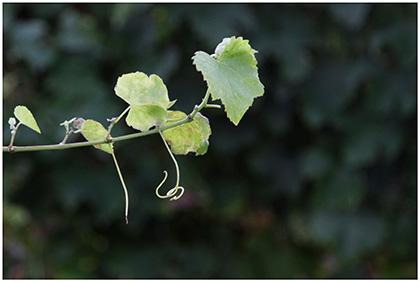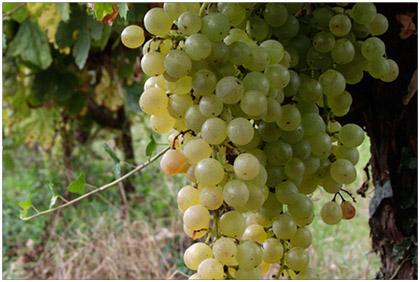A Grand Bas Armagnac
La Béroje lies in the heart of Bas Armagnac, or as custom has it Armagnac Noir, an old name that brings to mind vast forests of oaks, sunken lanes, dense copses and fern-covered dovecotes hidden away on the edge of the woods. In 1854 the area was rechristened Bas Armagnac. The wooded shade that still surrounds the vineyards increases the wine’s acidity and reduces its sugar content, both of which are just what is required to produce the very best brandies. The Bas-Armagnac appellation is still considered to be the best and it is where most Armagnac is produced. Its rich, smooth, and fruity brandies are the most complex and refined of the whole wine-growing district.

The geology and climate of the westernmost part of the appellation, where La Béroje lies, are exceptionally favourable to wine-growing: it boasts the famous ‘sables fauves’, or tawny sands, and a constant maritime influence on the temperature that ensures the brandies mature slowly and gently. Known to connoisseurs as Grand Bas-Armagnac, the result offers rich aromas dominated by mouth-watering notes of prunes and spices and a wonderfully robust body. Natural advantages such as these are given full rein here at La Béroje, because we distil and mature our brandies in totally traditional fashion.
Grape varieties
Armagnacs from La Béroje are made with wine from three varieties of white grape. The oldest of them contain Folle Blanche, ‘the variety of elegance’, traditionally known as Piquepoult. This variety brings a remarkable delicacy characterised by floral aromas and notes of quince. More of this somewhat fragile variety is shortly to be planted in some of the estate’s particularly well ventilated vineyards.
Baco and Ugni Blanc are the chief varieties used, as their acidic wines, low in alcohol, are perfect for distillation. The assemblage is extremely interesting – the Baco with its full, rich aromas gives the brandies their robust body, while the more ‘neutral’ Ugni Blanc allows the woody notes from the barrels to fully blossom.
FIND OUR ARMAGNAC ?
Some restaurants and retailers :
Carré des Feuillants (Alain Dutournier) – Paris
Les Caves Marly – Marly-le-Roy
Apicius (Jean-Pierre Vigato) – Paris
Maison Rostang – Paris
Hôtels Esprit de France – Paris – Aix
Magnin vin & spiritueux – Cully, Suisse
Caves Jacquèmes – Aix-en-Provence
Le Vin devant soi – Avignon




